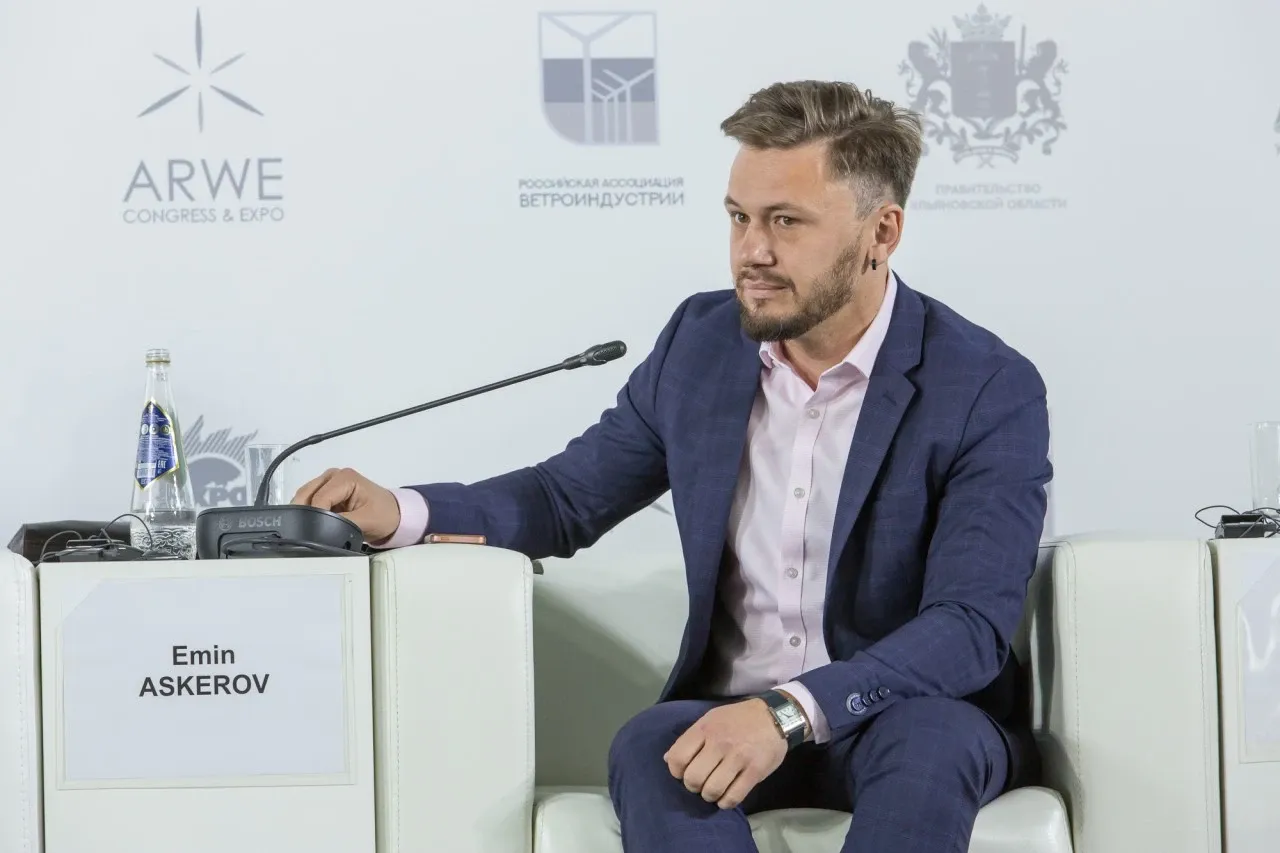In May 2025, the European Commission published a new staff working document titled “Choose Europe to Start and Scale.” The document positions itself as a comprehensive assessment of the EU startup ecosystem — its achievements, the barriers it faces, and the support measures needed to improve scale-up performance.
It’s a dense, data-rich report. There are facts worth knowing and trends worth watching. But if you’re looking for a practical playbook, this isn’t it.
Where the EU startup ecosystem stands
There’s a surprising headline buried in the first pages: the EU has created more startups per year than the US over the past five years (15,200 vs. 13,700 between 2018 and 2023).
European startups raised $426B in venture capital since 2015, and over 35,000 early-stage startups now operate in the region. In raw numbers, the EU’s startup scene is alive and expanding.
And yet, the conversion rate from startup to scaleup remains weak.
Only one in five startups make it to scale, compared to significantly higher ratios in the US. Despite the volume, the EU still trails in late-stage funding, unicorn creation, global IPO presence, and cross-border expansion.
The five barriers
The report identifies five structural bottlenecks:
1. Regulatory fragmentation
Europe’s national laws remain stubbornly misaligned. From incorporation to tax compliance to employment law, setting up across borders still means starting over from scratch. The only EU-level company form (SE) requires €120K minimum capital—hardly “startup-friendly.”
2. Venture capital and finance gaps
The EU startup scene is underfunded at every stage, especially late-stage. Between 2016–2024, the US raised $932B in VC. The EU raised just $133B. Only 12 EU VC funds managed to raise above $1B, compared to 157 in the US.
3. Corporate engagement disappoints
80% of EU startups say they want to work with corporates. Only 1% of startup projects actually reach the market via corporate collaboration. For those who try, the main takeaway is frustration: different speed, different priorities, and a hell of a procurement process.
4. Infrastructure and talent bottlenecks
Cleantech, manufacturing, and energy startups especially struggle with access to industrial infrastructure. Even when funding exists, talent is hard to hire—and harder to retain. Efforts like the new €10B AI Factories are promising, but small compared to global competitors.
5. Public support is fragmented and hard to access
There’s a lot of public money on paper, but getting it requires navigating a maze. Administrative burdens are high. Tax rules differ across every border. And smaller companies, with no dedicated compliance teams, suffer most.
What the report gets right
The document doesn’t sugarcoat the situation. It acknowledges the growing financing gap, the underperformance in exits and unicorns, and the uncomfortable truth that EU corporates invest more in US startups than in European ones.
It also flags that public procurement — potentially one of the strongest levers for scale-up support — is underused. Only 10% of EU public procurement is “innovation-oriented,” compared to 20% in the US and 25% in South Korea.
The diagnosis is clear. What’s less clear is the cure.
What’s missing: a real strategy
The report ends without clear next steps. There’s no timeline, no commitment to regulatory harmonization, and no bold financial instruments announced. We hear from founders and investors, but not enough from policymakers ready to act.
To be fair, this is a working document, not a legislative proposal. But if Europe is serious about closing the scale-up gap, the real work starts now.
My takeaway
This report is a useful map of the terrain. It tells us where the mountains are. But a map is not a compass.
For founders in cleantech, energy, and advanced manufacturing, many of the core challenges — like infrastructure access, cross-border compliance, and corporate partnerships — won’t be solved in Brussels.
They’ll be solved by building local alliances, hiring internationally, navigating procurement, and keeping an eye on where the actual demand sits.
Still, I’m glad the Commission is listening. Now let’s see if they’re ready to act.
Originally published on LinkedIn
